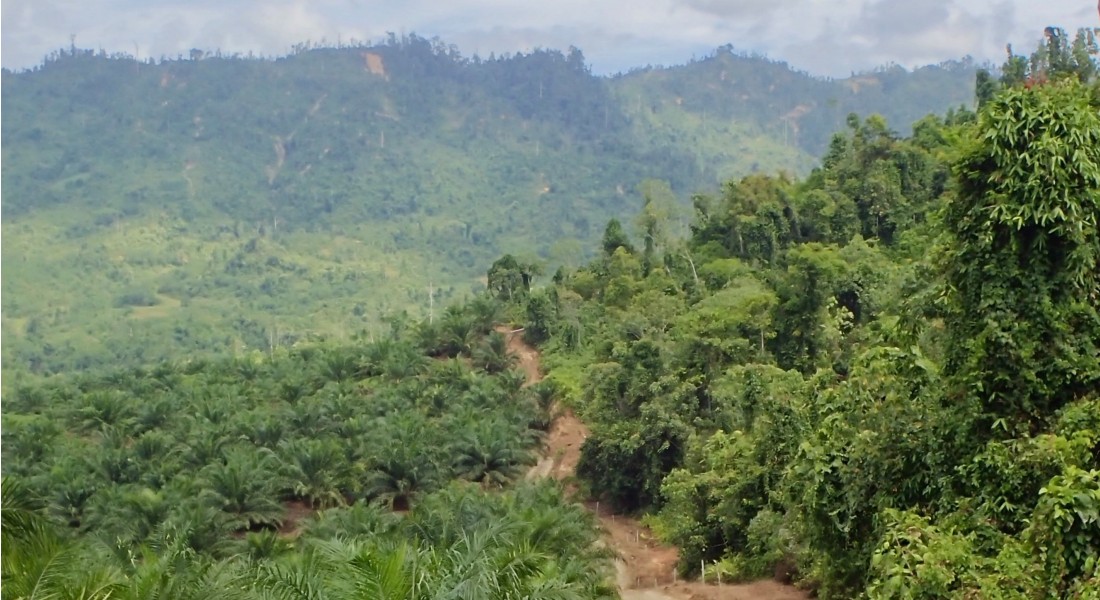Our understanding of global impacts of land-use change on biodiversity is highly biased
Land-use change – including deforestation, agricultural expansion, and urbanization – is the number one threat to nature worldwide. But do we know enough about its effects on different regions and species, and how it interacts with other global change drivers? A new study from the University of Copenhagen maps out the status and main hurdles to assembling knowledge on the effect of land use change on nature.

When the IPBES global assessment report on biodiversity and ecosystem services came out in 2019, land use change was highlighted as the top driver of biodiversity declines. Together with other human impacts – pollution, the direct exploitation of species, climate change, and the spread of invasive species – the expansion and intensification of human land use is largely responsible for putting one million species at risk of extinction.
Research into understanding how land-use changes affect biodiversity – and how to mitigate the negative effects – has exploded in the past 30 years. Yet researchers tend to favor some regions and species. The use of non-comparable data and methods is making it hard to answer questions like “when does land-use change lead to lower species diversity?” or “how will nature respond to land-use change as the climate also changes?”
A new study by Charles Davison, Carsten Rahbek, and Naia Morueta-Holme from the Center for Macroecology, Evolution and Climate at the GLOBE Institute sheds light on the size of problem. In the study, published in Global Change Biology, the authors used text-mining tools to trawl through over 4000 research abstracts. This was combined with in-depth analysis of 100 full research papers. The approach enabled them to discover which research methods are the most popular, and to see which species and places get the most attention.
Many species groups and habitats are still underrepresented in research
“Our analysis shows that our understanding of land-use change impacts on biodiversity is completely skewed. Most research has been done in forest ecosystems, especially from Europe and North America; we have big gaps in places like Russia, the Middle East, and Africa”, says lead author Charles Davison, PhD student at the Center for Macroecology, Evolution and Climate at the GLOBE Institute. “Some groups, such as birds and mammals, are well studied; however, they don’t represent the broad diversity of species in an ecosystem. For example, we may be neglecting species that play a key role in decomposition.”
“Researchers tend to study the places that surround them, and historically, that has meant Europe and North America”, explains Assistant Professor Naia Morueta-Holme, who supervised the project. “These biases are problematic because it means we don’t know much about how nature responds to land-use changes in tropical and arid climates – which may expand as the global climate changes”.
In the study, the researchers also provide nine priority areas to address the current biases in land-use change studies.
Professor Carsten Rahbek explains, “Now that we know the gaps in our knowledge, researchers can strategically focus on these areas and thus make better predictions about the effects of interactive human drivers on biodiversity change.”
The full study can be found available here: https://doi.org/10.1111/gcb.15846
Contact authors
PhD student Charles W. Davison
cdavison@science.ku.dk
+45 35 33 03 45
Assistant Professor Naia Morueta-Holme
morueta-holme@sund.ku.dk
Professor Carsten Rahbek
crahbek@sund.ku.dk
+45 35 32 10 30
